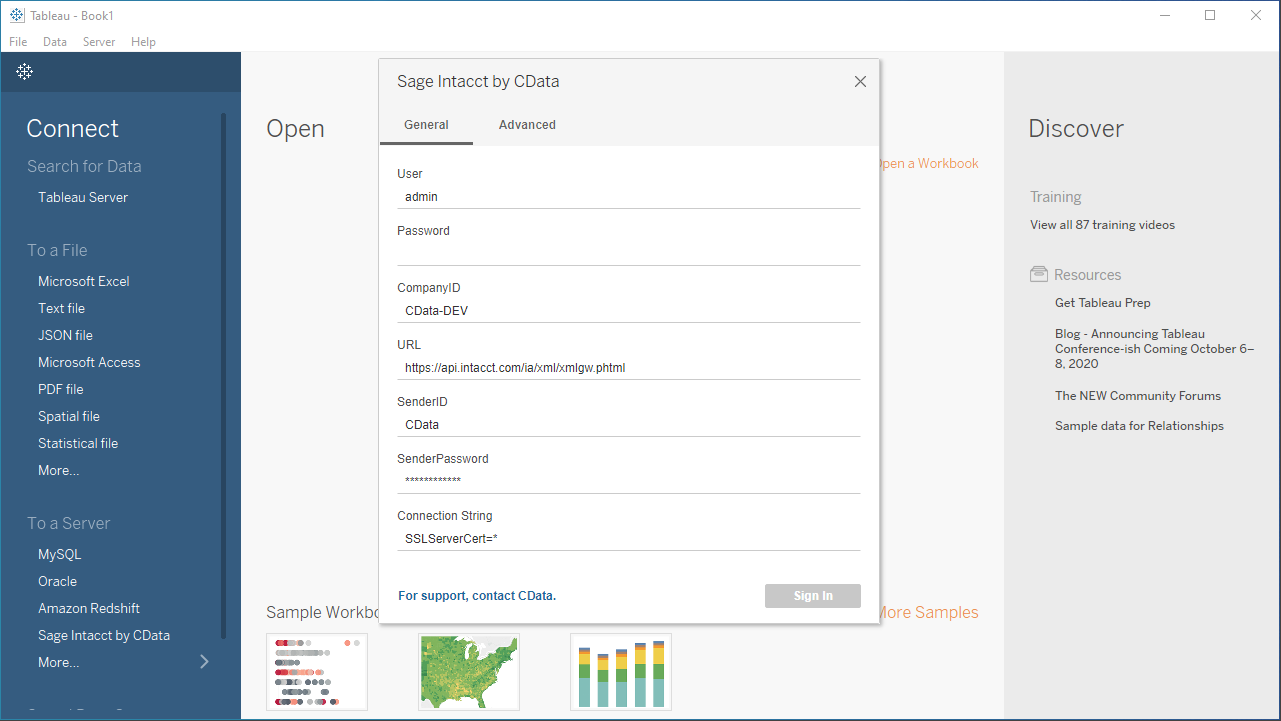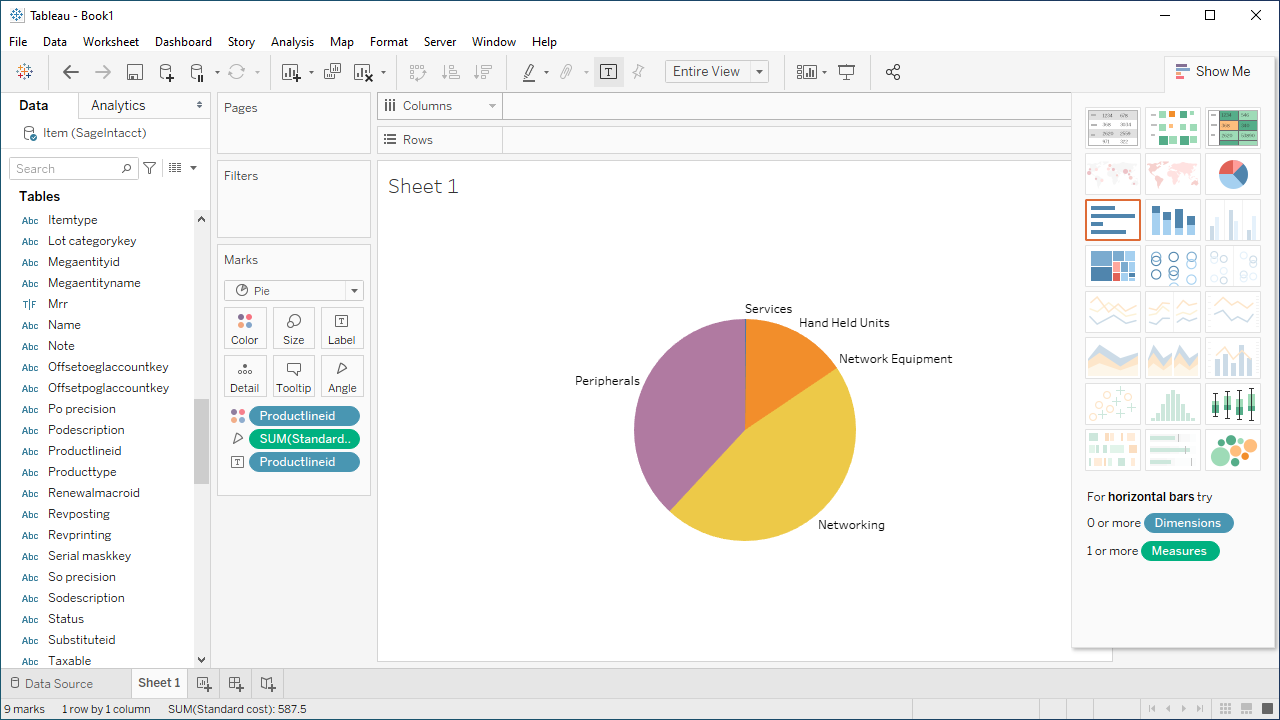Discover how a bimodal integration strategy can address the major data management challenges facing your organization today.
Get the Report →Visualize Live ConstantContact Data in Tableau
Use CData Tableau Connectors and Tableau Desktop to visualize live ConstantContact data.
Tableau is a visual analytics platform transforming the way businesses use data to solve problems. When paired with the CData API Driver for Tableau, you can easily get access to live ConstantContact data within Tableau. This article shows how to connect to ConstantContact in Tableau and build a simple chart.
The CData Tableau Connectors enable high-speed access to live ConstantContact data in Tableau. Once you install the connector, you simply authenticate with ConstantContact and you can immediately start building responsive, dynamic visualizations and dashboards. By surfacing ConstantContact data using native Tableau data types and handling complex filters, aggregations, & other operations automatically, CData Tableau Connectors grant seamless access to ConstantContact data.
NOTE: The CData Tableau Connectors require Tableau 2020.3 or higher. If you are using an older version of Tableau, you will need to use the CData API Driver for Tableau. If you wish to connect to ConstantContact data in Tableau Cloud, you will need to use CData Connect.
Connect to ConstantContact in Tableau
Open Tableau and click More under Connect -> To a Server. Select "ConstantContact by CData," then configure the connection and click "Sign In."
Start by setting the Profile connection property to the location of the ConstantContact Profile on disk (e.g. C:\profiles\ConstantContact.apip). Next, set the ProfileSettings connection property to the connection string for Profile (see below).
ConstantContact API Profile Settings
ConstantContact uses OAuth-based authentication.
First, you will need to register an OAuth application with ConstantContact. You can do so from the ConstantContact API Guide (https://v3.developer.constantcontact.com/api_guide/index.html), under "MyApplications" > "New Application". Your Oauth application will be assigned a client id (API Key) and you can generate a client secret (Secret).
After setting the following connection properties, you are ready to connect:
- AuthScheme: Set this to OAuth.
- InitiateOAuth: Set this to GETANDREFRESH. You can use InitiateOAuth to manage the process to obtain the OAuthAccessToken.
- OAuthClientId: Set this to the client_id that is specified in you app settings.
- OAuthClientSecret: Set this to the client_secret that is specified in you app settings.
- CallbackURL: Set this to the Redirect URI you specified in your app settings.

Discover Schemas and Query Data
- Select CData from the Database pull-down menu.
- Select API from the Schema pull-down menu.
- Drag the tables and views you wish to visualize onto the join area. You can include multiple tables.
![Selecting table(s)]()
- Select Update Now or Automatically Update. Update Now lets you preview the first 10,000 rows of the data source (or enter the number of rows you want to see in the Rows text box). Automatically Update automatically reflects the changes in the preview area.
- Click the tab for your worksheet. Columns are listed as Dimensions and Measures, depending on the data type. The CData Tableau Connector discovers data types automatically, allowing you to leverage the powerful data processing and visualization features of Tableau.
- Drag a field from the Dimensions or Measures area to Rows or Columns. Tableau creates column or row headers.
- Select one of the chart types from the Show Me tab. Tableau displays the chart type that you selected.

Using the CData API Driver for Tableau with Tableau, you can easily create robust visualizations and reports on ConstantContact data. Download a free, 30-day trial and get started today.






